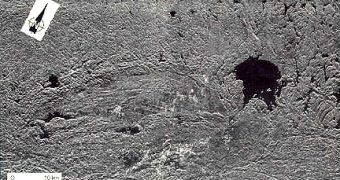From time to time, scientists get a little bit of help from Lady Luck and when this happens, they discover something amazing. This is exactly what happened after a forest fire more than 450 miles away at Sudbury, Ontario.
A group of geologists were forced to find alternative routes for their field trip, since the fire was making classical trails inaccessible and their detour turned out to be a really good idea. Along the Gunflint Trail in northeastern Minnesota, geologist Mark Jirsa of the Minnesota Geological Survey was searching for new locations to explore instead of the ones covered by the forest fire and found debris from a meteorite that had struck the area around 1.85 billion years ago.
The impact was so powerful that it produced a crater more than 19 miles (30) across, in fact the second largest known impact crater on Earth and a major geologic space called the Sudbury Structure or the Sudbury Basin.
In the Paleoproterozoic area, a 10-kilometer-wide meteorite struck there, creating the huge crater which initially had a diameter of 250 km (156 mi). Rock and dust were scattered over nearly a million square miles, along with debris from the meteorite itself, parts of which have now been found completely by chance.
"It's fairly dark rock," Jirsa said. "They look like concrete, but in this concrete you would throw pieces of rock of all sizes and shapes and in all possible orientations." The fragments were on the ground, exposed to weather and not buried deep underground, like other fragments previously recovered.
"I think the excitement for the people of Minnesota is that we are one place in the world where you can see evidence of an ancient meteorite impact," said University of Minnesota geology professor emeritus Paul Weiblen, who is participating in the study of the debris.

 14 DAY TRIAL //
14 DAY TRIAL //